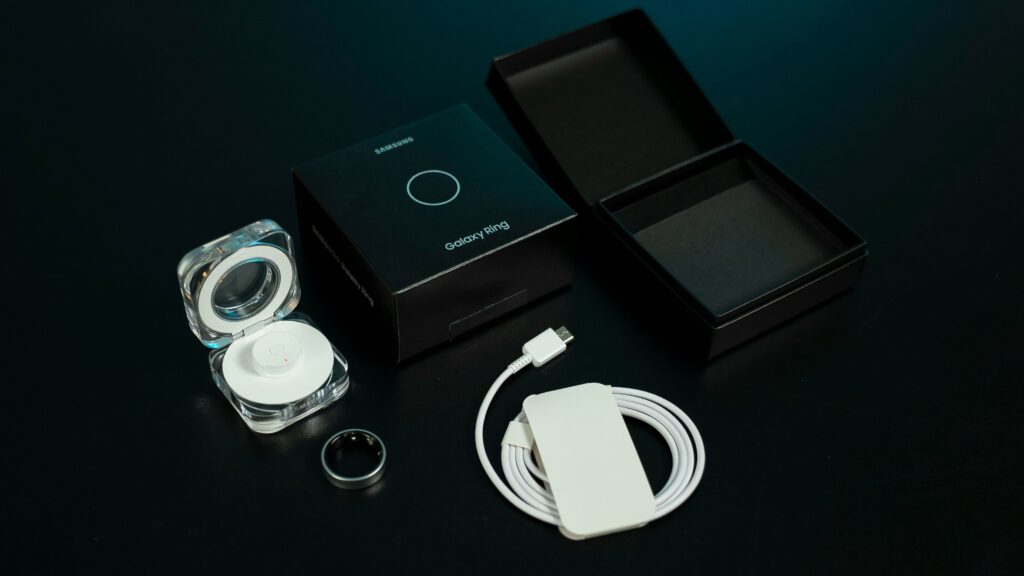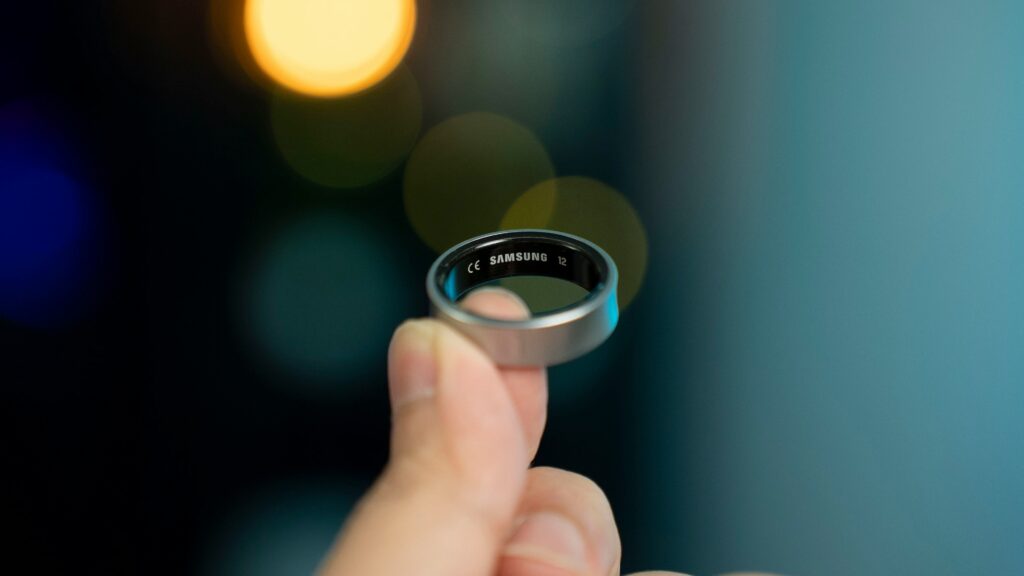Why Smart Rings Are Replacing Wallets and Smartwatches in the World of Contactless Payment Technology
Imagine this: you walk into a store, pick up a snack, and instead of reaching for your phone or wallet, you just tap your ring—and it’s paid for. Sounds futuristic, right? But it’s already happening.
Welcome to the world of NFC smart rings, a fast-growing part of wearable payment technology that’s changing the way people buy things.
While smartwatches have been the face of smart wearable payments for a while, things are shifting. Rings, bracelets, fashion accessories—even clothes—are getting smarter. They’re being built with passive NFC chips, EMV tokenization, and sleek designs that make payments not only faster but also a lot more fun.
What Is Wearable Payment Technology?
Wearable payment technology refers to any device you wear that can make payments, thanks to contactless payment technology like NFC (Near Field Communication). Think tap-and-go—but built into what you’re wearing.
Passive NFC chips power many wearables. They:
- Require no battery
- Activate only when near a terminal
- Offer hands-free, screen-free payments
Why Go Beyond Smartwatches?
Smartwatches are great—but not for everyone. Some people don’t want a screen on their wrist or find them too bulky.
Enter: smartwatch alternative payments like NFC smart rings and bracelets. They’re:
- Battery-free
- Sleek and subtle
- Easy to pair with your bank
- Stylish enough for formal or casual wear


Types of Wearable Payment Devices (That Aren’t Watches)
1. NFC Smart Rings
Leading the charge in wearable contactless payments.
Popular models include:
- McLear RingPay (UK/Europe)
- CNICK Ring (doubles as Tesla key)
- Quontic Pay Ring (USA, free with bank account)
- Evering (Japan, ceramic, EMV tokenized)
2. Smart Bracelet Payments
Perfect for workouts or travel. Brands include:
- K Pay
- LAKS
Also available in beaded and leather bracelet styles.
3. Fashion Accessories with NFC
Merging fashion and fintech:
- CashCuff (shirt cuffs with NFC)
- Thales FlexiTag (stickers for clothes)
4. NFC Implants
Yes, really. Walletmor offers implantable chips. Not mainstream yet, but shows how fast this tech is growing.
How Do NFC Smart Rings Work?
Here’s the simple version:
- Ring contains a passive NFC chip
- Held near a terminal, the chip activates
- EMV tokenization ensures secure cardless payment
- No personal card data is shared
No charging. No screen. Just secure tap-and-go tech.


Are Wearable Payments Safe?
Yes. In fact, they’re often safer than cards:
- EMV tokenization keeps data encrypted
- You can freeze/unfreeze your ring via app
- NFC range is only ~4 cm, so skimming is unlikely
Some models even feature biometric verification.
How Long Do These Devices Last?
- Most don’t require charging
- Lifespan: 2–3 years or more
- Token can be replaced or renewed
Where Are People Using NFC Smart Rings?
You’ll find smart rings in:
- Retail stores
- Coffee shops
- Public transport
- Gyms and pools
- Concerts & festivals
- International airports
India is seeing a rise in contactless rings, especially in metro cities—fueling the UPI vs NFC wearables debate.
Who Is This For?
These smart wearables are ideal for:
- Students
- Travelers
- Fitness lovers
- Fashion-forward users
- Crypto enthusiasts
Gen Z and millennials are driving much of the adoption.
The Future of Contactless Payments
Here’s what’s coming:
- More banks offering NFC smart rings
- Built-in biometrics and health tracking
- More fashion-forward fintech
- Crypto wallets and digital ID integrations
- Rapid adoption in developing nations
Search best NFC rings 2025 and you’ll see the innovation boom.
Is It Time to Upgrade Your Wallet?
If you:
- Love tech
- Want a stylish, secure payment tool
- Prefer not to carry a phone or wallet
Then yes—NFC smart rings are worth trying. They’re discreet, powerful, and might just be your next everyday essential.
So, what do you think—are you ready to tap with your ring?
